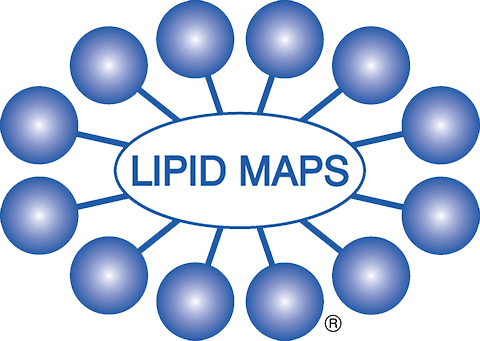Dysregulation of a lipid transfer protein linked to brain disorders
Advanced studies of human genetics are a big wave in the medical sciences. Collaborative teams of clinical geneticists and bioinformaticians are surfing this wave, rapidly discovering genomic variations associated with specific human disorders. This trend is providing scientific bases for personalized medicines but also new, important questions linked to the basic biochemistry field.
Ceramide transport protein, or CERT, moves the waxy lipids known as ceramides in cells for the synthesis of sphingomyelin, a membrane lipid that is ubiquitous in mammalian cells. In 2007, researchers found that CERT is functionally repressed by multiple phosphorylations of a serine-repeat motif, or SRM, in CERT. At the time, scientists regarded this finding as pure biochemistry of a protein.
However, a decade later, large-scale human genetic studies on intellectual disabilities and mental development disorders, or ID/MD, showed that missense mutations in or near the CERT SRM-encoding regions are associated with a type of autosomal dominant hereditary ID/MD. The dominant inheritance was in line with a prediction from the previous biochemical study that loss of hyperphosphorylation of the SRM renders CERT abnormally active.
Our recent collaborative study confirmed this prediction by demonstrating that substitution of a serine residue in the SRM with other residues similar to variants found in ID/MD patients results in dysregulation of CERT in cultured cells. Nonetheless, several ID/MD-associated missense mutations that occurred in the CERT gene CERT1 also are mapped outside the SRM. This riddle was answered by another recent study showing that a non-SRM variant also compromises the SRM hyperphosphorylation, thereby abnormally activating CERT.
Moreover, cell biological analysis showed that abnormally activated CERT mutants exhibit an aberrant punctate distribution in cells, suggesting that the subcellular distribution pattern is applicable as a diagnostic tool to assess whether a CERT1 variant is an abnormally activated type that may cause ID/MD, although the precise identity of the puncta structure remains undetermined.


Want more lipid research news?
Check out Lipid Trends, a curated collection of hot picks from the world of lipid research, brought to you by LIPID MAPS.
Enjoy reading ASBMB Today?
Become a member to receive the print edition monthly and the digital edition weekly.
Learn moreGet the latest from ASBMB Today
Enter your email address, and we’ll send you a weekly email with recent articles, interviews and more.
Latest in Science
Science highlights or most popular articles

Small protein plays a big role in viral battles
Nef, an HIV accessory protein, manipulates protein expression in extracellular vesicles, leading to improved understanding of HIV-1 pathogenesis.

Genetics studies have a diversity problem that researchers struggle to fix
Researchers in South Carolina are trying to build a DNA database to better understand how genetics affects health risks. But they’re struggling to recruit enough Black participants.

Scientists identify new function of learning and memory gene common to all mammalian brain cells
Findings in mice may steer search for therapies to treat brain developmental disorders in children with SYNGAP1 gene mutations.

From the journals: JBC
Biased agonism of an immune receptor. A profile of missense mutations. Cartilage affects tissue aging. Read about these recent papers.

Cows offer clues to treat human infertility
Decoding the bovine reproductive cycle may help increase the success of human IVF treatments.

Immune cells can adapt to invading pathogens
A team of bioengineers studies how T cells decide whether to fight now or prepare for the next battle.

